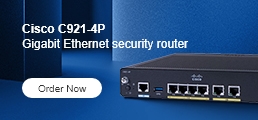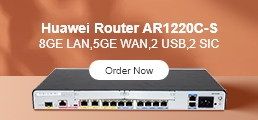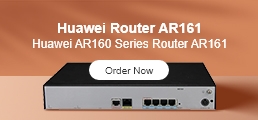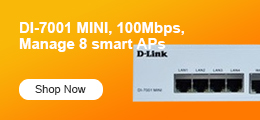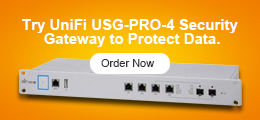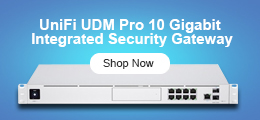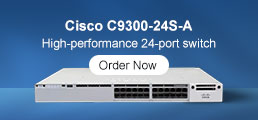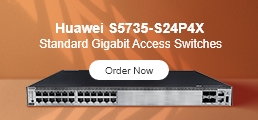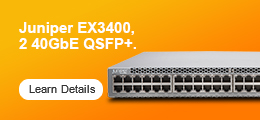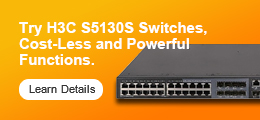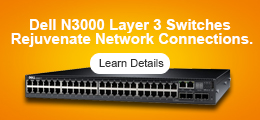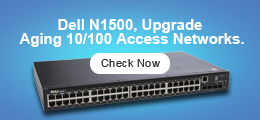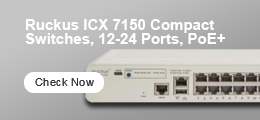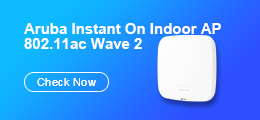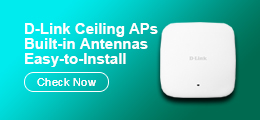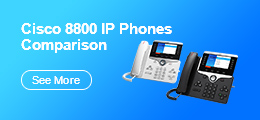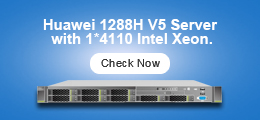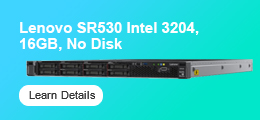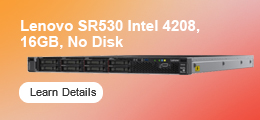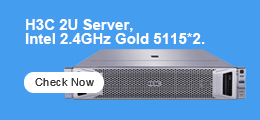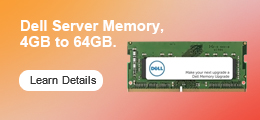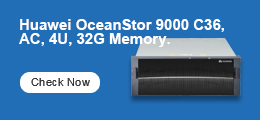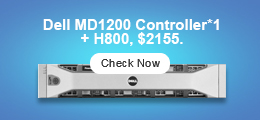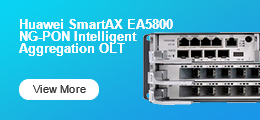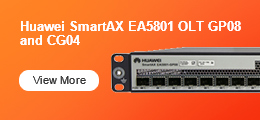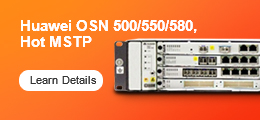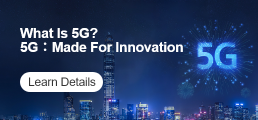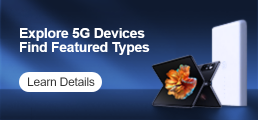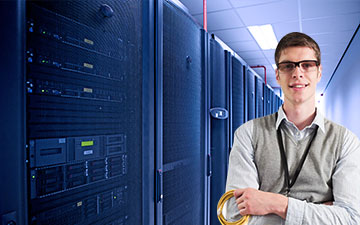There is a wide range of health applications of 5G, which include remote monitoring, home care, addressing the needs of patients in remote areas, and robotic surgery.
1.Expanding telemedicine
There is high demand in rural areas for healthcare, as well as a rise in government initiatives. Telemedicine requires a network that can support real-time high-quality video, which often means wired networks. With 5G, healthcare systems can enable mobile networks to handle telemedicine appointments, which can greatly increase the reach of the program. When healthcare systems utilize this technology, patients can often get treated sooner and have access to specialists otherwise not available. It can also allow doctors and other staff members to collaborate more efficiently. Magnetic resonance imaging (MRI) and other image machines are typically very large files, and often must be sent to a specialist for review. When the network is low on bandwidth, the transmission can take a long time or not send successfully. This means the patient waits even longer for treatment and providers can see fewer patients in the same amount of time. High-speed 5G networks can help quickly and reliably transport huge data files of medical imagery, which can improve both access to care and the quality of care.
2.Reliable, real-time remote monitoring
By using IoT devices, healthcare providers can monitor patients and gather data that can be used to improve personalized and preventive care. Wearables, which are a common type of remote monitoring, increase patient engagement with their own health. Additionally, wearables are predicted to decrease hospital costs. Despite the benefits, remote monitoring technology usage is limited by the capacity of the network to handle the data. Slow network speeds and unreliable connections could mean doctors are unable to get the real-time data they need to make quick healthcare decisions. With 5G technology, which has lower latency and higher capacity, healthcare systems can offer remote monitoring for more patients. Providers can then be confident that they will receive the data they need in real time and can provide the care their patients need and expect.
3.Artificial intelligence
Many key healthcare functions are beginning to use artificial intelligence (AI) to determine potential diagnoses and decide on the best treatment plan for a specific patient. Additionally, AI can help predict which patients are more likely to have post-operative complications, allowing healthcare systems to provide early interventions when necessary. The large amounts of data needed for real-time rapid learning require ultra-reliable and high-bandwidth networks. Additionally, providers often need to access data from their mobile devices. By moving to 5G networks, healthcare organizations can use the AI tools they need to provide the best care possible – from wherever they are in the hospital or clinic. By enabling all these technologies through 5G networks, healthcare systems can improve the quality of care and patient experience, as well as reduce the cost of care. Instead of only reacting to patients' conditions, 5G networks can give providers the ability to provide more personalized and preventive care – which is the reason many healthcare employees became providers in the first place.
By the way, you can check the price of 5G technology and 5G devices.
Learn more:
Xiaomi Mi 10 Youth Vs. Mi 10 5G Vs. Mi 10 Ultra
What does 5G mean for industry & business?
What does 5G mean for consumers?
Vivo X50 5G vs. Vivo X50 Pro 5G vs. Vivo X50 Pro Plus 5G




